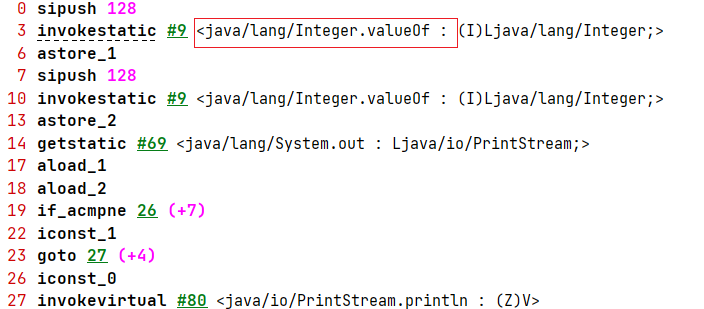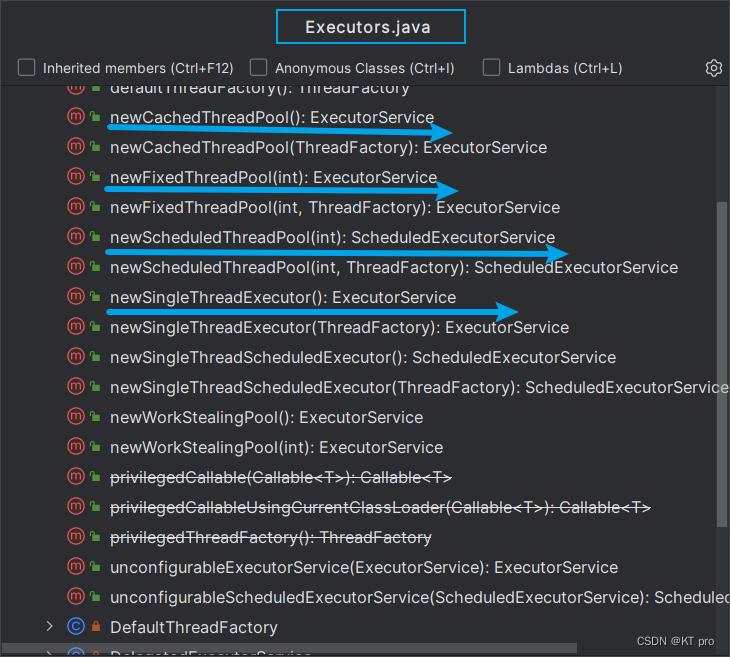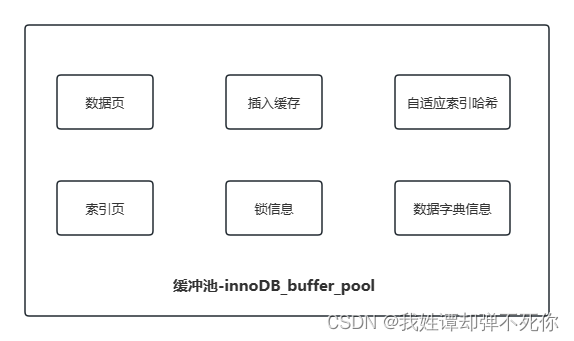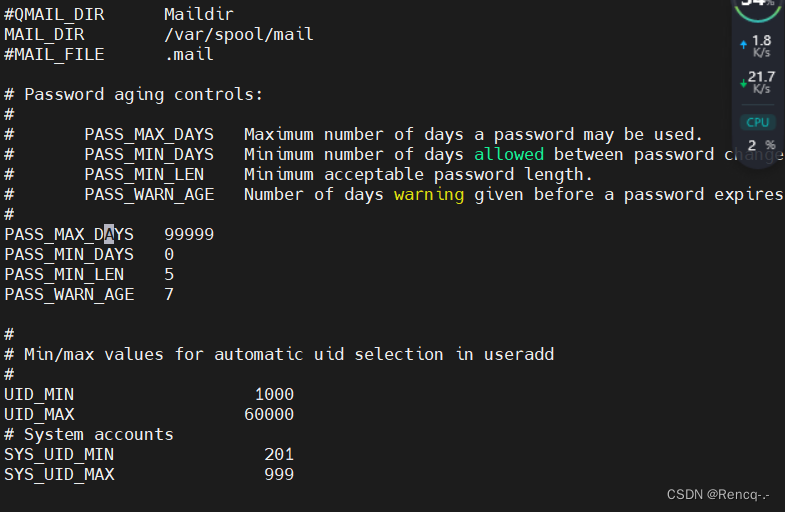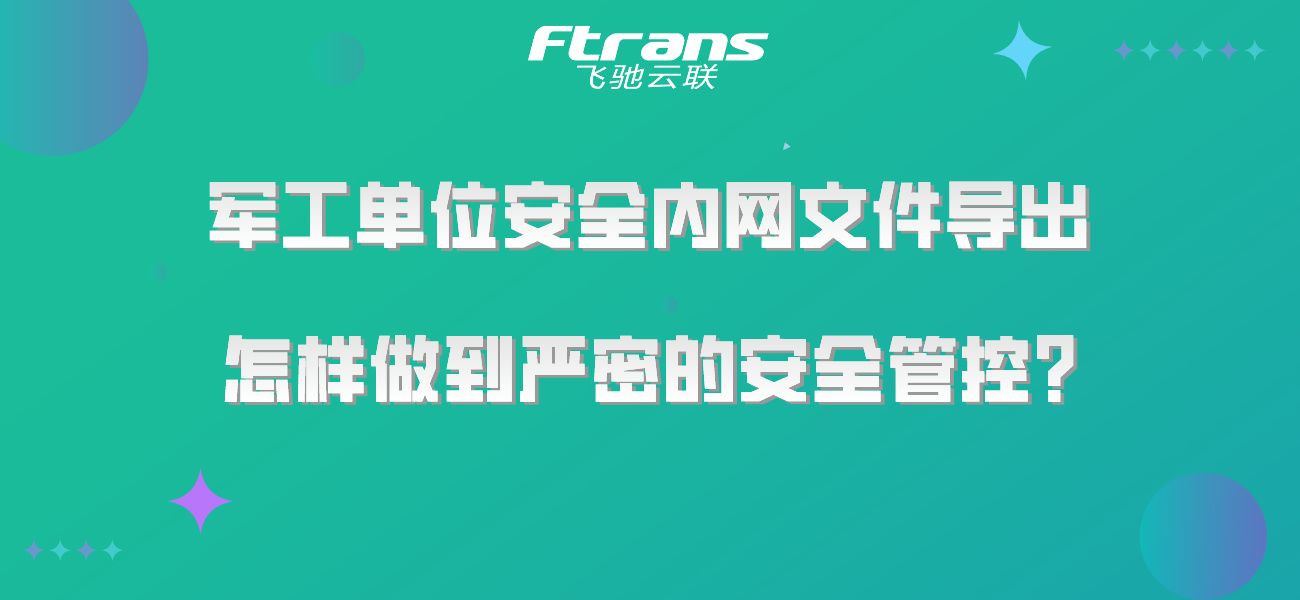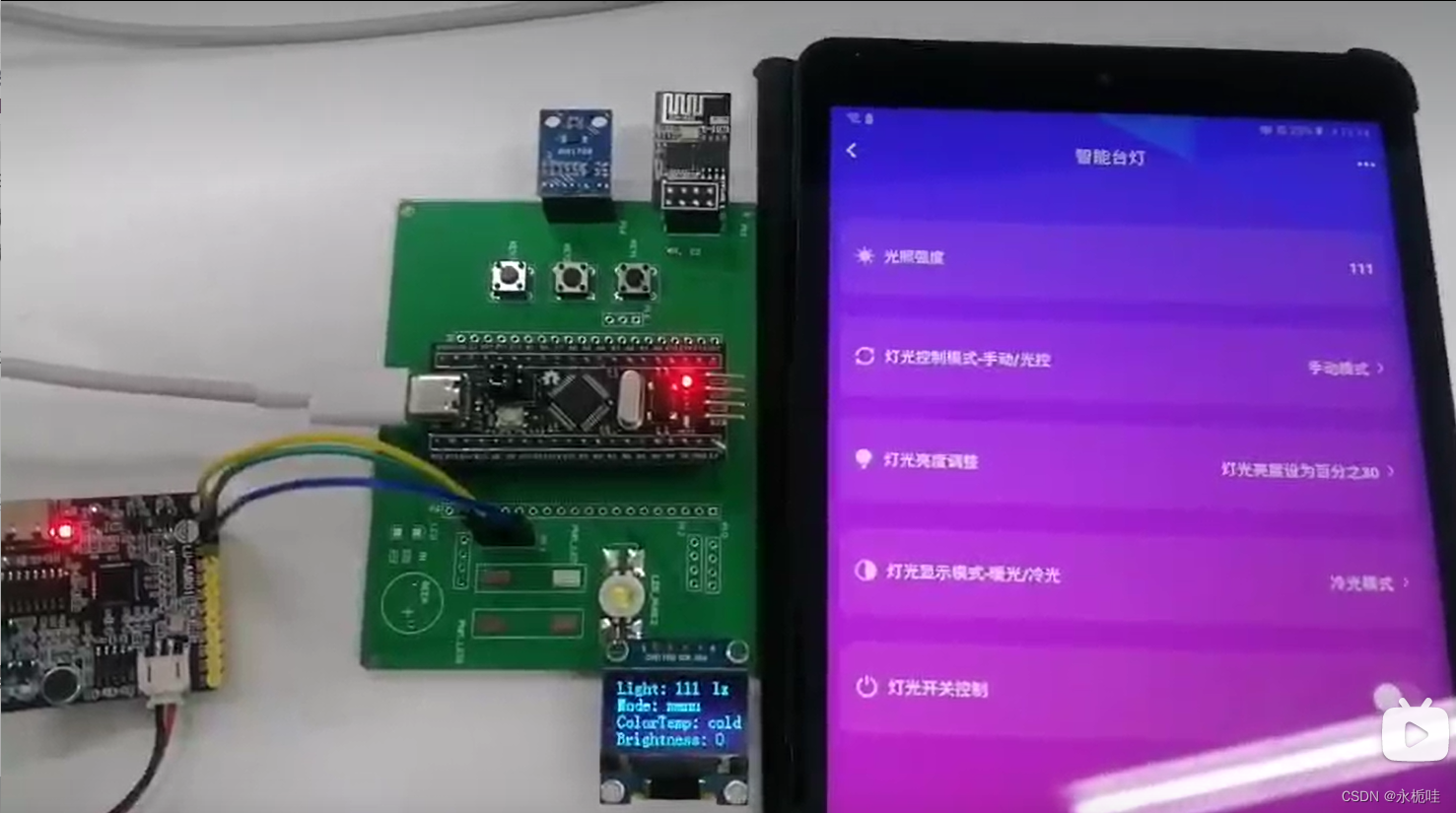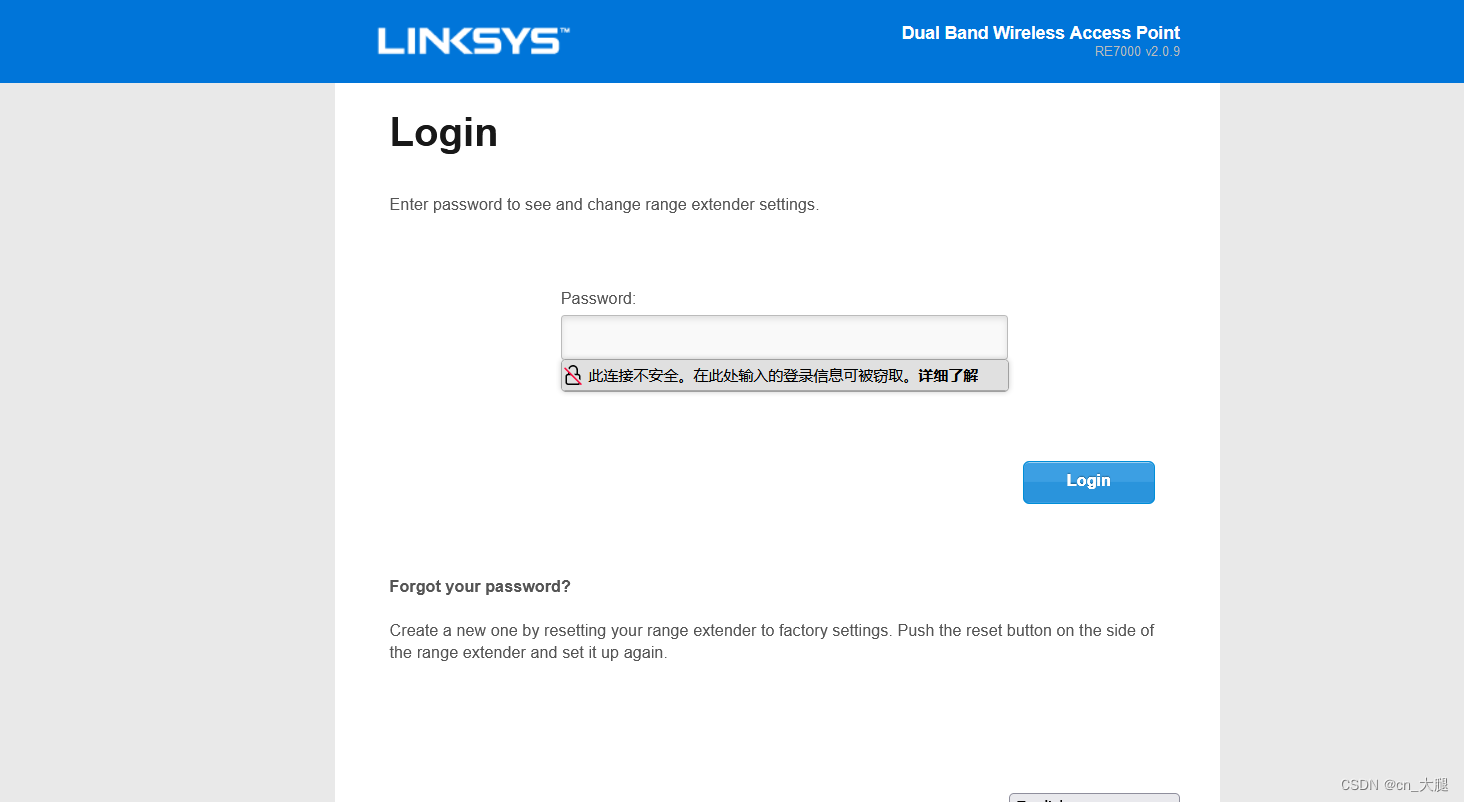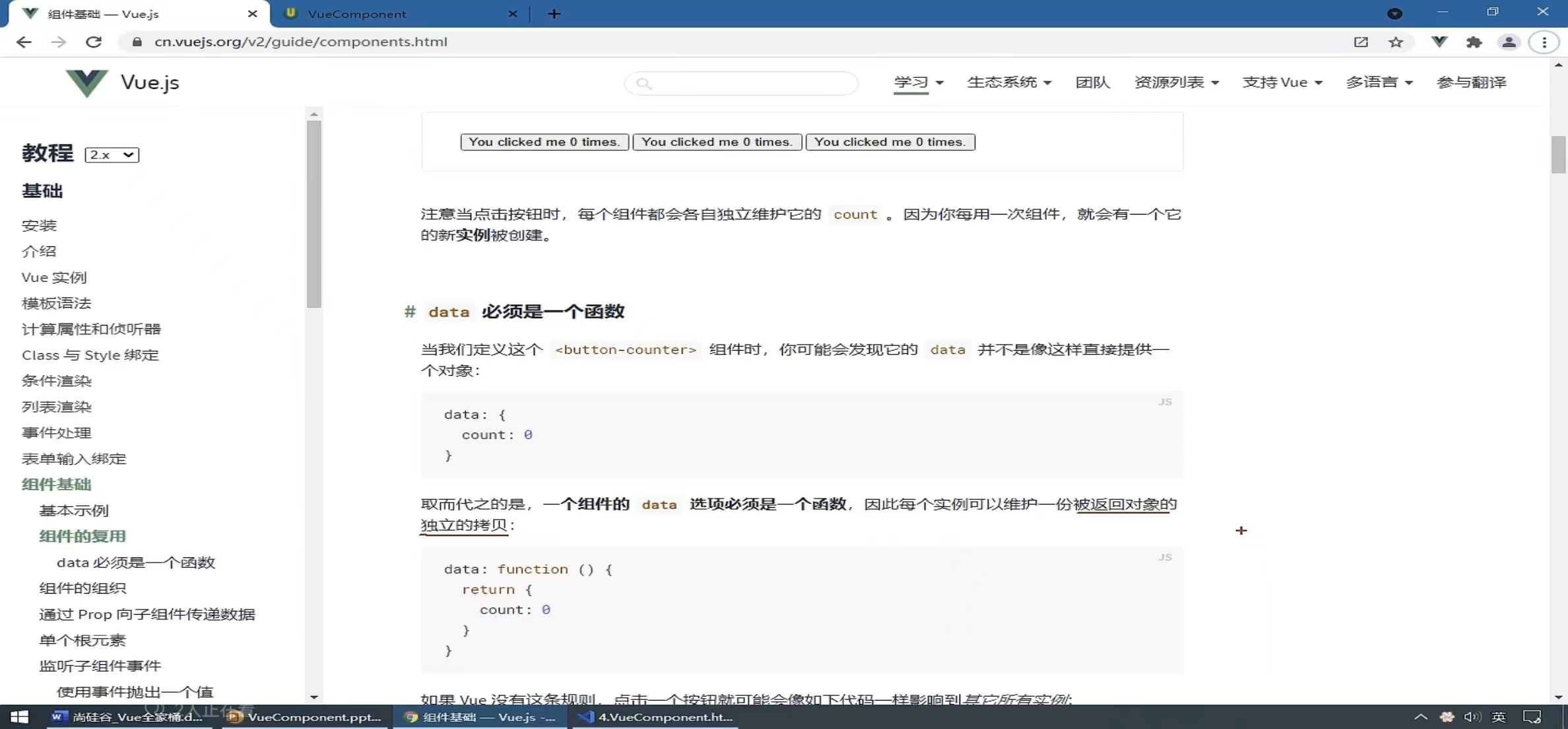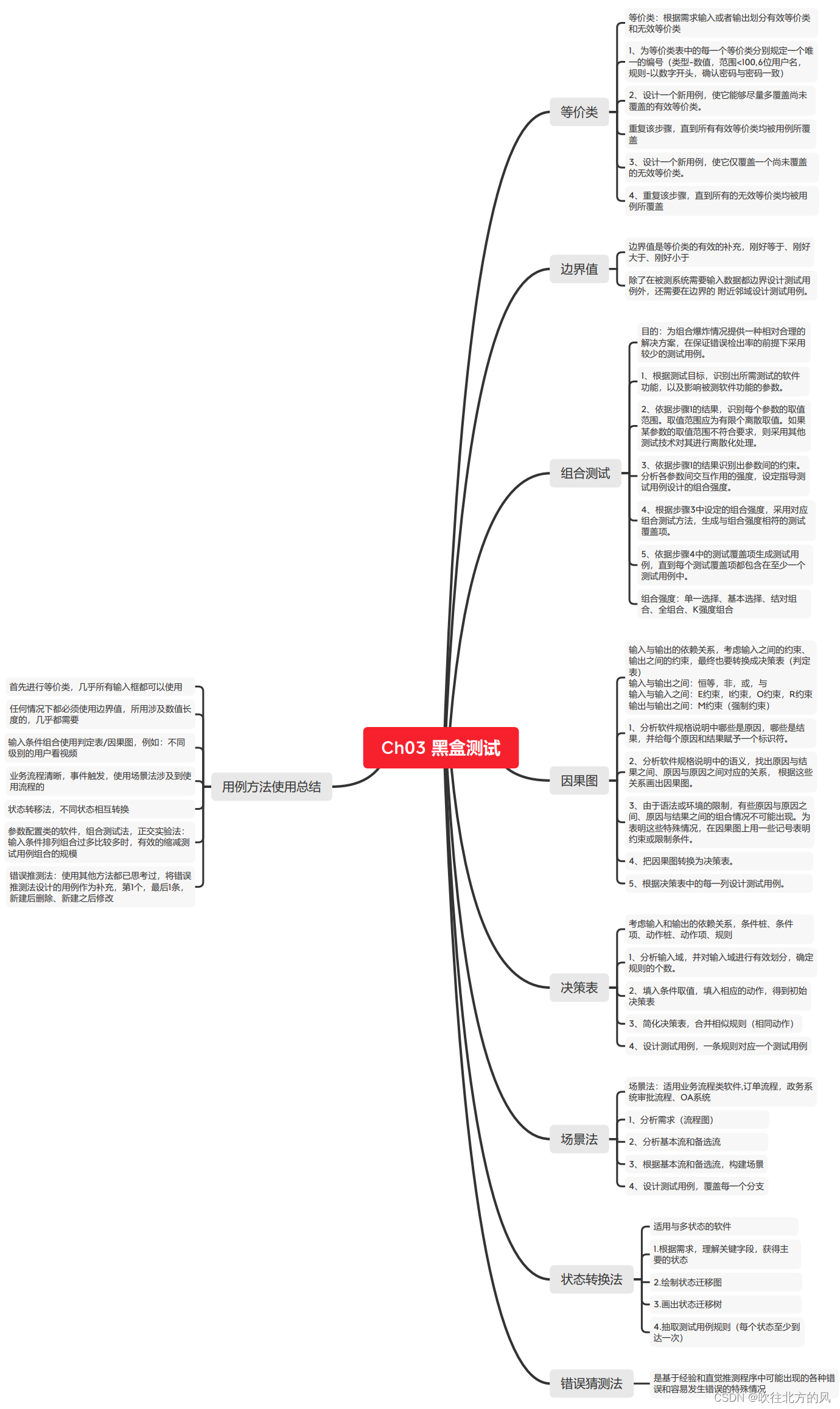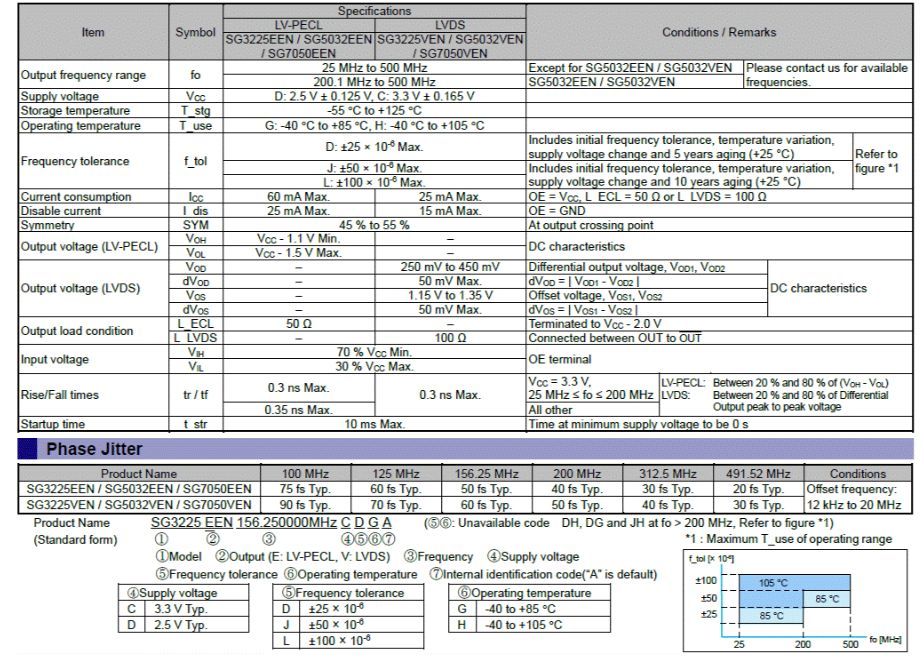因为根据实践发现大部分的数据操作都集中在值比较小的范围,因此Integer搞了个缓存池,默认范围是-128到127,可以根据通过设置JVM-XX: AutoBoxCacheMax = <size>来修改缓存的最大值,最小值改不了。
实现的原理是int在自动装箱的时候会调用Integer.valueOf,进而用到了IntegerCache。
@IntrinsicCandidate
public static Integer valueOf(int i) {
if (i >= IntegerCache.low && i <= IntegerCache.high)
return IntegerCache.cache[i + (-IntegerCache.low)];
return new Integer(i);
}没什么花头,就是判断下值是否在范围之内,如果是的话去 IntegerCache 中取。
IntegerCache在静态块中会初始化好缓存值。
private static class IntegerCache {
static final int low = -128;
static final int high;
static final Integer[] cache;
static Integer[] archivedCache;
static {
// high value may be configured by property
int h = 127;
String integerCacheHighPropValue =
VM.getSavedProperty("java.lang.Integer.IntegerCache.high");
if (integerCacheHighPropValue != null) {
try {
h = Math.max(parseInt(integerCacheHighPropValue), 127);
// Maximum array size is Integer.MAX_VALUE
h = Math.min(h, Integer.MAX_VALUE - (-low) -1);
} catch( NumberFormatException nfe) {
// If the property cannot be parsed into an int, ignore it.
}
}
high = h;
// Load IntegerCache.archivedCache from archive, if possible
CDS.initializeFromArchive(IntegerCache.class);
int size = (high - low) + 1;
// Use the archived cache if it exists and is large enough
if (archivedCache == null || size > archivedCache.length) {
Integer[] c = new Integer[size];
int j = low;
for(int i = 0; i < c.length; i++) {
c[i] = new Integer(j++);
}
archivedCache = c;
}
cache = archivedCache;
// range [-128, 127] must be interned (JLS7 5.1.7)
assert IntegerCache.high >= 127;
}
private IntegerCache() {}
}所以这里还有个面试题,就是啥 Integer 127之内的相等,而超过127的就不等了,因为127之内的就是同一个对象,所以当然相等。
不仅Integer有,Long 也是有的,不过范围是写死的-128到127。
@IntrinsicCandidate
public static Long valueOf(long l) {
final int offset = 128;
if (l >= -128 && l <= 127) { // will cache
return LongCache.cache[(int)l + offset];
}
return new Long(l);
}对了Float和 Double是没有滴,毕竟是小数,能存的数太多了。

